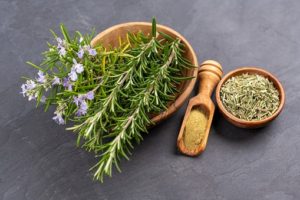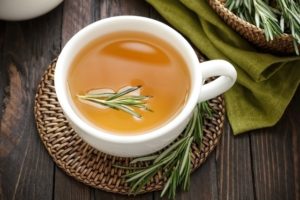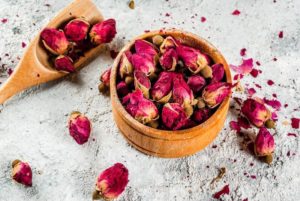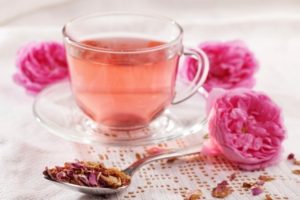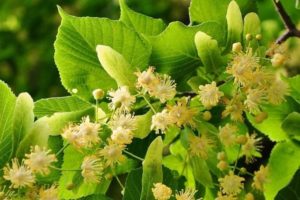Actúa como auxiliar en regular la glucosa, estimulante de la función del páncreas.

Obtén los beneficiod del Wareque Ibervillea sonorae (Por sus compuestos bioquímicos naturales que reducen el nivel de azúcar ”glucosa” en la sangre se utiliza para el tratamiento de la diabetes tipo 2,), Diente de León Taraxacum officinale (Ayuda a la producción de insulina, manteniendo niveles bajos de azúcar en sangre), Tronadora Tecoma stans (Contiene tecomina y ecostamina, que disminuyen los niveles de glucosa y también es diurética), Guarumbo Cecropia obtusifolia (Los principios activos de sus hojas bloquean la glucosa que produce el hígado en estado de ayuno y ayudan a reducir los niveles de ese azúcar a lo largo del día), Prodigiosa Brickellia cavanillesii (Ayuda a eliminar colesterol, triglicéridos, ácido úrico y controla los altos niveles de azúcar en la sangre)
Tomar 1 o 2 tazas al día de este suplemento herbolario. Este producto no debe ser sustituido por ninguna dieta variada ni tampoco sustituye a ningún medicamento.

Siempre es bueno estar informado al 100% y consultar con tu médico de confianza antes de tomar cualquier suplemento.
Producto 100% natural, su uso está destinado al consumo como alimento.
EL CONSUMO DE ESTE PRODUCTO ES RESPONSABILIDAD DE QUIEN LO RECOMIENDA Y DE QUIEN LO USA
REFERENCIAS
Zapata-Bustos R, Alonso-Castro AJ, Gómez-Sánchez M, Salazar-Olivo LA.J Ethnopharmacol. 2014 Mar 28;152(3):546-52. doi: 10.1016/j.jep.2014.01.041. Epub 2014 Feb 15.PMID: 24534528
ETHNOPHARMACOLOGICAL RELEVANCE: Ibervillea sonorae (S. Watson) Greene (Cucurbitaceae), a plant used for the empirical treatment of type 2 diabetes in Mexico, exerts antidiabetic effects on animal models but its mechanism of action remains unknown. …Chemical analys …
2) The Physiological Effects of Dandelion (Taraxacum Officinale) in Type 2 Diabetes.
Wirngo FE, Lambert MN, Jeppesen PB.Rev Diabet Stud. 2016 Summer-Fall;13(2-3):113-131. doi: 10.1900/RDS.2016.13.113. Epub 2016 Aug 10.PMID: 28012278 Free PMC article. Review.
Dandelion offers a compelling profile of bioactive components with potential anti-diabetic properties. The Taraxacum genus from the Asteraceae family is found in the temperate zone of the Northern hemisphere. …
Pascoe-González S, Ramos-Zavala MG, Buenrostro Ahued MA, Hernández-González SO, Cardona-Muñoz EG, García-Benavides L, Grover-Páez F.J Med Food. 2020 Sep 21. doi: 10.1089/jmf.2020.0082. Online ahead of print.PMID: 32955964
The aim of this study was to evaluate the effect of oral administration of herbarium mixture (Guazuma ulmifolia [G. ulmifolia]/Tecoma stans [T. stans]) on metabolic profile in patients with type 2 diabetes mellitus (T2DM). …In conclusion, the administration …
Cadena-Zamudio JD, Nicasio-Torres P, Monribot-Villanueva JL, Guerrero-Analco JA, Ibarra-Laclette E.Int J Mol Sci. 2020 Oct 14;21(20):7572. doi: 10.3390/ijms21207572.PMID: 33066422 Free PMC article.
This investigation cultured Cecropia obtusifolia cells in suspension to evaluate the effect of nitrate deficiency on the growth and production of chlorogenic acid (CGA), a secondary metabolite with hypoglycemic and hypolipidemic activity that acts directly on type 2 …
5) alpha-glucosidase inhibitors from Brickellia cavanillesii.
Escandón-Rivera S, González-Andrade M, Bye R, Linares E, Navarrete A, Mata R.J Nat Prod. 2012 May 25;75(5):968-74. doi: 10.1021/np300204p. Epub 2012 May 15.PMID: 22587572
An aqueous extract from the aerial parts of Brickellia cavanillesii attenuated postprandial hyperglycemia in diabetic mice during oral glucose and sucrose tolerance tests. Experimental type-II DM was achieved by treating mice with streptozotocin (100 mg/kg) and beta …





